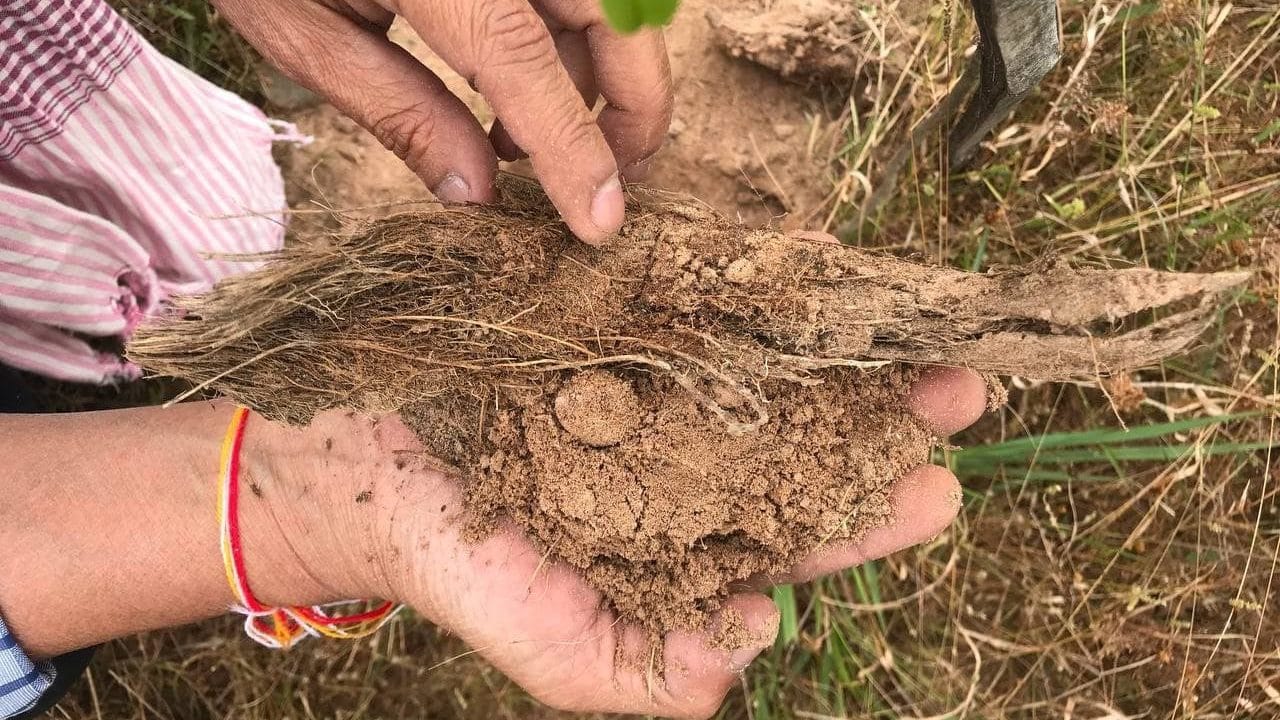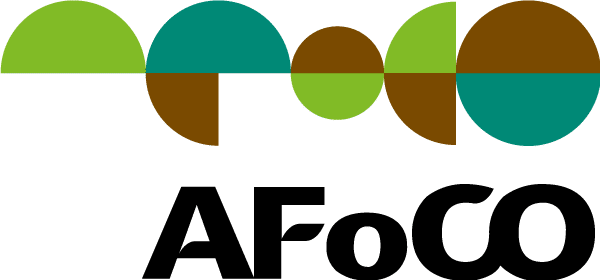This article presents the initial findings from a research project, Performance of Cluster Method in Rehabilitating Degraded Lands in Cambodia (AFoCO/021/2021) in Khun Ream , Siem Reap Province, Cambodia. The research aims to meet the pressing need for a more efficient restoration method as many restoration efforts have failed and often incur high costs.
The study evaluates the benefits of mixed planting and the Miyawaki method on the growth and survival of test species (Dalbergia cochinchinensis) and the beneficial effects of coconut husk as a water-retaining agent on the survival of seedlings. Three restoration techniques were tested — cluster planting technique combined with Miyawaki method, standard planting with coconut husk as water-retaining agent, and natural planting as control.
It is theorized that the use of the Miyawaki cluster planting method will hasten the recruitment and colonization, rapidly suppress the growth of grasses, and provide an economical means of rehabilitating the area (Treatment 1 is expected to rapidly create a microclimate that will promote the recruitment of seedlings). Secondly, the use of coconut husks will improve the survival and growth of seedlings (in terms of height growth and diameter) by providing a favorable condition in the root zone through its water-retaining properties.
Preliminary findings include the following:
- The coconut husks showed some potential to be used as a water retainer. The height of seedlings with coconut husks are higher compared to those that have no coconut husks. The root collar diameter, however, is not significantly different from the other treatment plots.
- The coconut husks provided a favorable condition in the root zones of the planted seedlings. The soils around the root zones are wetter compared to the seedlings that have no coconut husks. Also, there is a more vigorous root development of plants with coconut husks.
- The survival rate of plants planted with coconut husks is higher than the other treatments.
- The Miyawaki cluster planting method incurs lower development costs. However, this technique did not yet show advantages in terms of survival, suppressing weeds, and recruitment.




Further monitoring will be conducted to determine the effects of the innovative methods of restoring the degraded site. The project will continue the maintenance and monitoring the research plots and will collect more data on the growth and survival of the seedling, checking for seeking recruitment, the biomass of weeds and recording the costs incurred. This analysis will be updated as more data will be available.
Contributed by Dr. Sokh Heng, Director for Institute of Forest and Wildlife Research and Development (IRD) and Dr. Edward V. Maningo, Researcher

